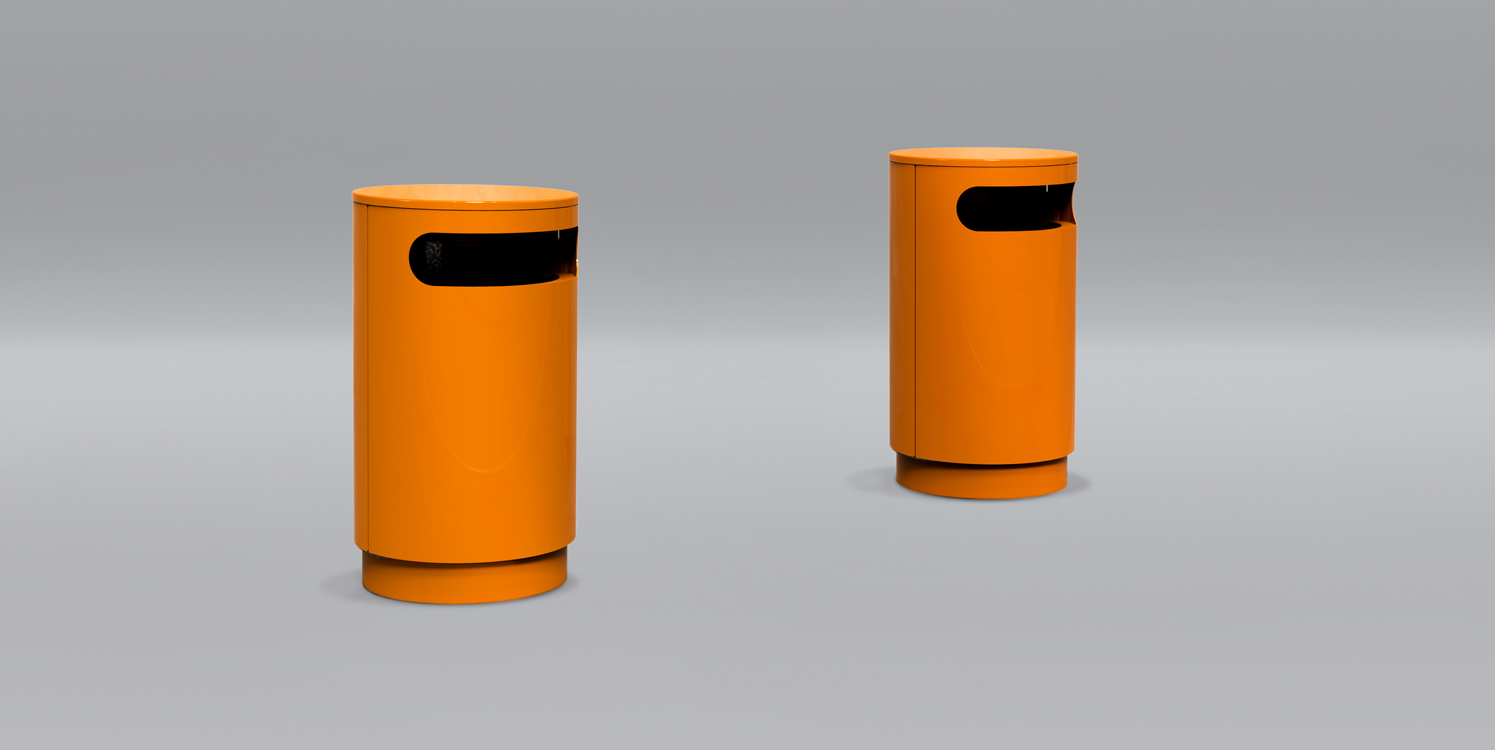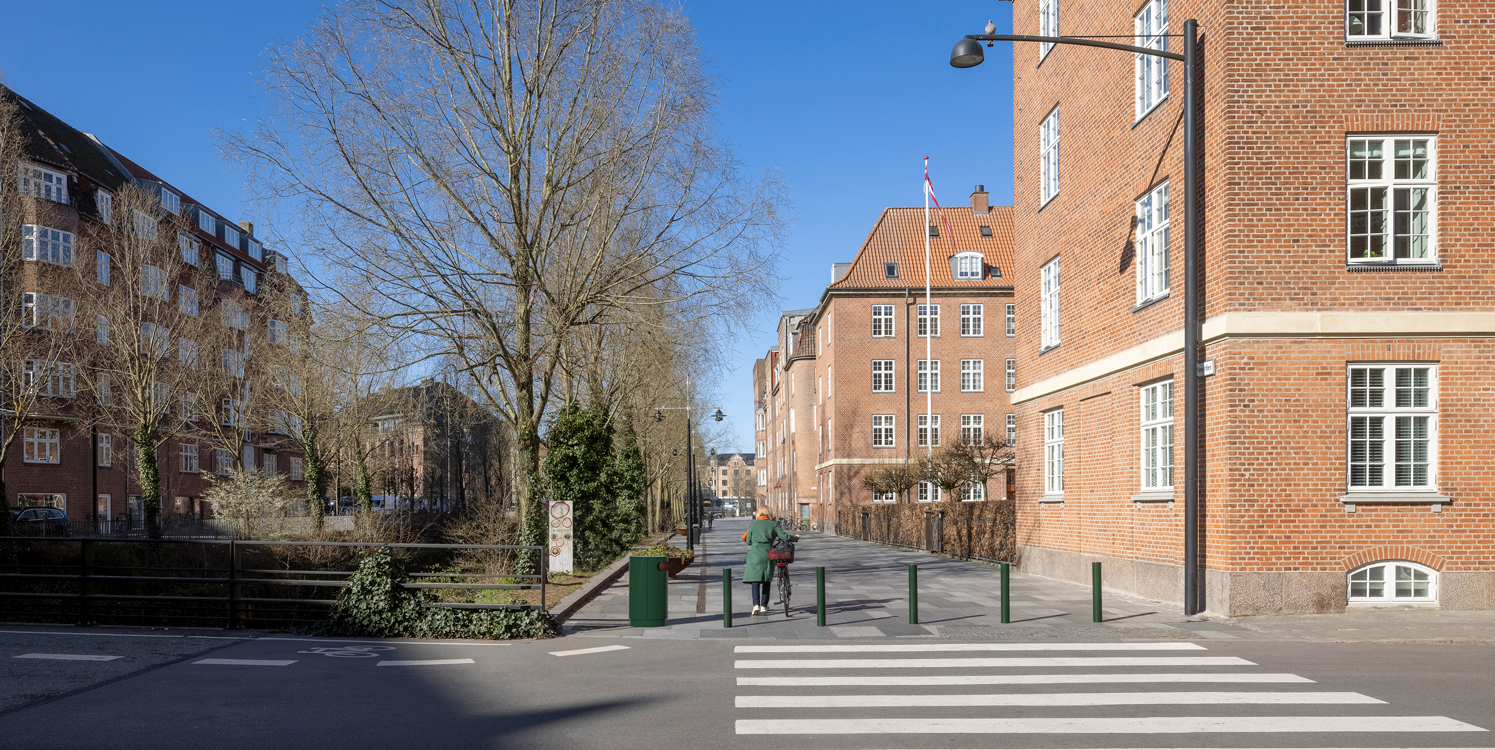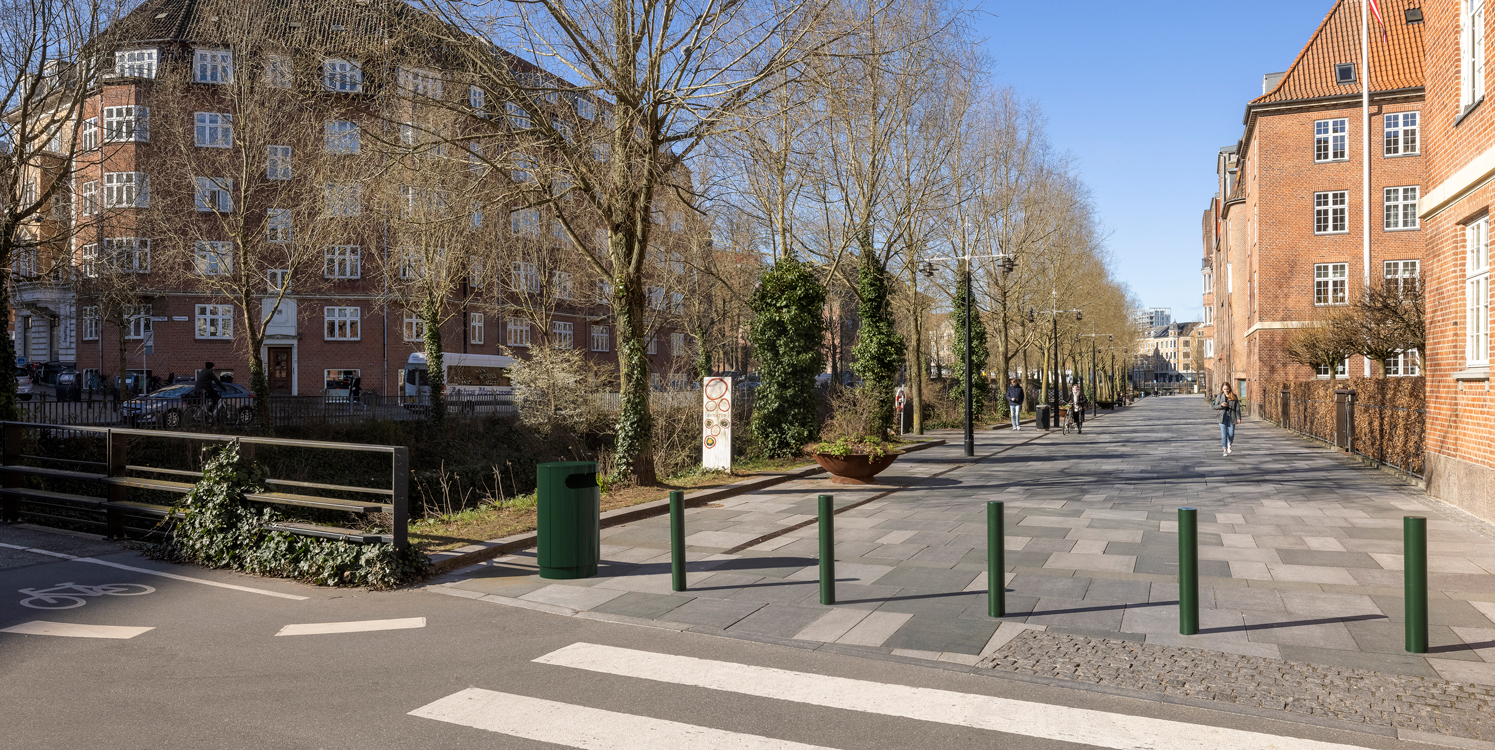The image may be a product illustration
HITSA-SAFE Litter Bin
The HITSA-SAFE litter bin can supplement other HITSA-SAFE products in the urban landscape. A litter bin serves as a natural and practical feature of the streetscape, while the supporting base has been designed to be capable of stopping a car.
The basic construction of the HITSA-SAFE litter bin is a HITSA-SAFE bollard. The litter bin to be purchased is a FJORDPARK 4 PLUS with a single side opening and easy emptying in the form of a hatch that opens sideways.
The HITSA-SAFE litter bin is made from hot-dip galvanised steel and can be supplied with a powder coating in any RAL colour. This allows for closer coordination with the urban landscape or the outdoor setting.
The HITSA-SAFE litter bin has a shallow installation depth of 300 mm. It does not need to be cemented in, so installation is relatively easy. The litter bin is replaceable, so upkeep is easy. In the event of dents or scratches, it can be replaced with a new one.
Anti-terrorist protection with added value
The HITSA-SAFE litter bin is part of our HITSA-SAFE range, which comprises familiar urban furniture designed to prevent vehicle intrusions. The range includes HITSA-SAFE bollards, HITSA-SAFE bicycle racks, a HITSA-SAFE bench and HITSA-SAFE Special products. We have focused on developing a protection system that also serves a useful, practical purpose in the urban landscape.
With HITSA-SAFE it is possible to protect streets and squares effectively, while ensuring urban spaces feel safe, familiar and well designed. HITSA-SAFE bicycle racks and HITSA-SAFE bollards are available incorporated within some of our standard products, so that they can match up with a particular urban or corporate design concept.
Site the HITSA-SAFE litter bin close to other HITSA-SAFE products to add value for locals and tourists, while safeguarding the urban space.
Hostile vehicle mitigation with PAS 68 and IWA 14 certification
The HITSA-SAFE construction on which the bin is mounted has been certified according to the international PAS 68 and IWA 14 crash-test standards.
HITSA-SAFE products are ideal for city centres, pedestrian zones and other areas, where there is a need for protection against cars. They can also be used in front of buildings or facilities that consider themselves to be at risk. This could be shops, hotels, tourist attractions or sports venues, for instance.



